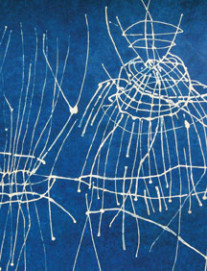NO TOMORROW
Vivant Denon translated from the French by Lydia Davis New York Review Books ($12.95) by Laird Hunt The night was superb; it revealed things in

Vivant Denon translated from the French by Lydia Davis New York Review Books ($12.95) by Laird Hunt The night was superb; it revealed things in
Tahar Ben Jelloun Penguin Books ($15) by Steve Street The Moroccan worlds Tahar Ben Jelloun creates in this compelling novel—one in the title city and
by Scott F. Parker Because of the degree to which David Foster Wallace articulated his own project in his interviews and nonfiction (and in his
by Kevin Smokler Often called “a citizen writer” like her friend and mentor Wallace Stegner, Terry Tempest Williams is one of the foremost explorers of
by John Madera Brian Evenson’s fiction is peopled by estranged ciphers, paranoiac wanderers, hyper self-aware talking heads, broken but not beaten skeptics, philosophizing cutthroats, and
by Andrew Ervin Blake Butler is the author of the novella Ever (Calamari Press) and a novel-in-stories called Scorch Atlas (Featherproof Books). There’s no mistaking the singularity and
by Matthew Cheney James Patrick Kelly and John Kessel have spent the last few years exploring the borderlands of the realms known, for lack of

Brian Evenson, Terry Tempest Williams, David Foster Wallace, and many more...